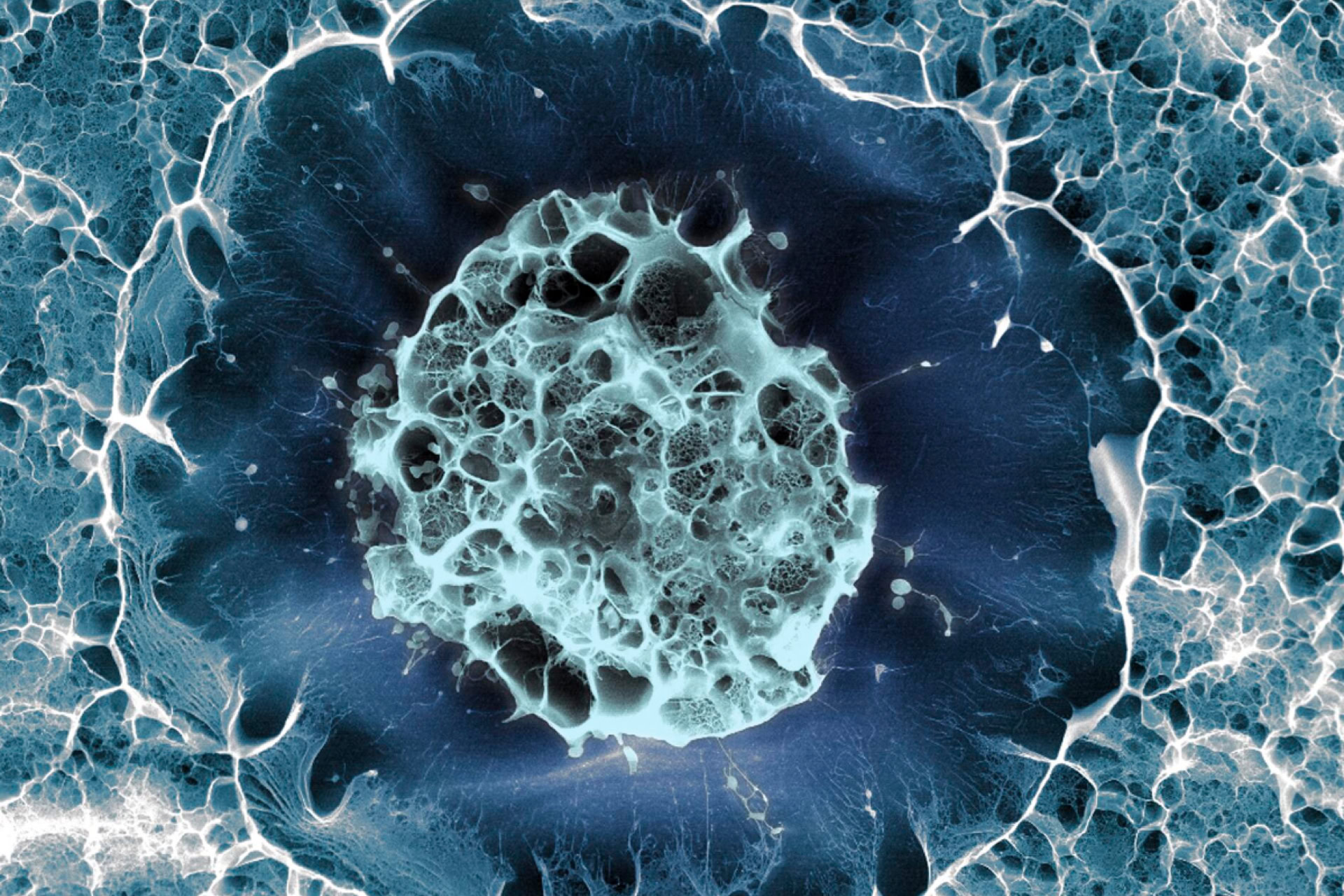Research on rats has found that stimulating a specific receptor on the surface of brain stem cells may help recovery after stroke. Researchers from the National Institute of Neurological Disorders and Stroke in Bethesda, Maryland, stimulated a protein called Notch in the brains of rats suffering stroke-like symptoms. The body contains its own store of stem cells but these are not always stimulated following damage caused by injury or stroke. The researchers are hoping that they may have found one factor which could help the body to repair itself without the need for controversial embryonic stem cells. 'This is where stem-cell biology needs to be', said team leader Ronald McKay.
The team in Maryland used rats that were starved of oxygen in order to mimic the symptoms of stroke and then stimulated a receptor - Notch - on adult stem cells in the rats' brains. This caused a cascade effect, part of which improved the ability of existing cells to survive a lack of oxygen and part of which created new brain cells following the stroke. Rats undergoing the Notch stimulation treatment were better able to recover from stroke induced paralysis. The research, published in the journal Nature, found that Notch is important in all tissues and its beneficial effects may involve responses in cells of the vascular, immune and nervous systems. The discovery raises hope for new treatment in humans to encourage the body to use its own stem cells to promote recovery following stroke.
Embryonic stem cell research often involves looking to see which chemicals or proteins can be used to help the cells to multiply or to differentiate into new cell types. Even when these efforts are successful it is not always clear how internal changes are allowing the cells to perform these new functions. The team discovered that Notch triggers two opposing functions, one promoting cell survival and division, and the other promoting differentiation. It is also involved in controlling the growth of cancer cells. As well as helping the damaged rats to recover, the team showed that triggering the survival pathway through Notch helped embryonic stem cells and developing mouse pancreatic cells to survive in a dish. In the paper the team describe the breakthrough as suggesting, 'a general model of stem cell expansion that applies to many precursor cells of clinical interest and that may lead to strategies that promote regenerative responses through the activation of endogenous cells'.
Sources and References
-
Stroke damage may be reversible
-
Brain can be made to self-repair
-
Stem cells offer brain damage hope




Leave a Reply
You must be logged in to post a comment.